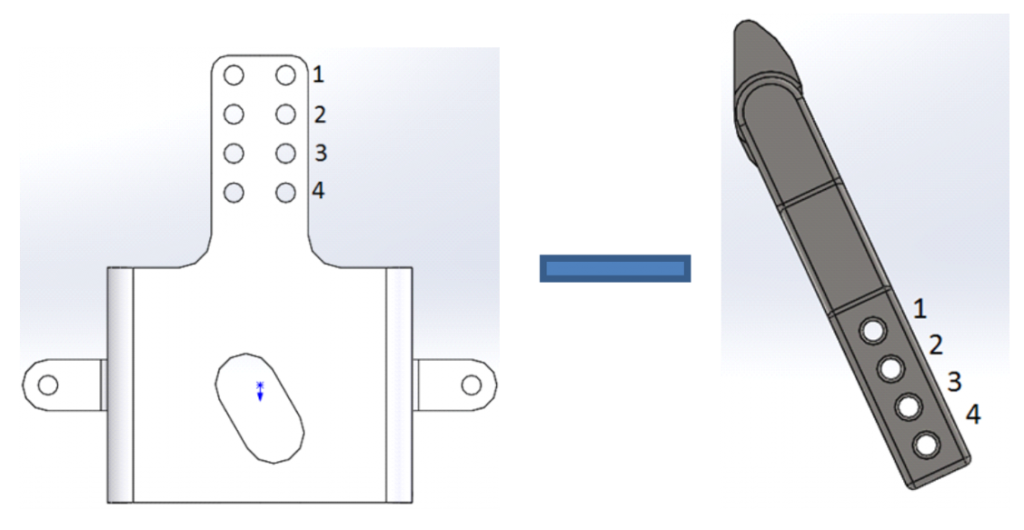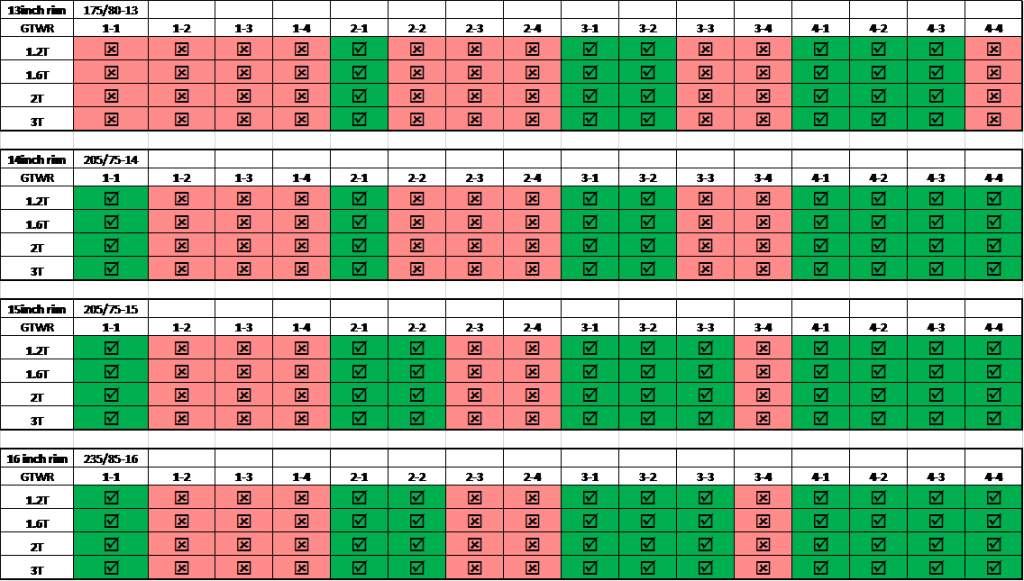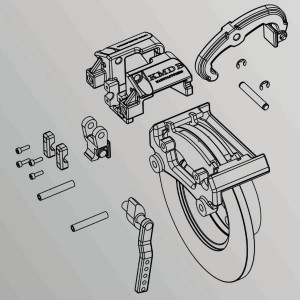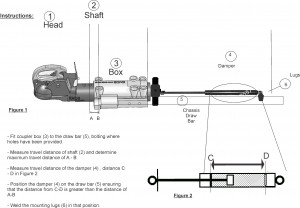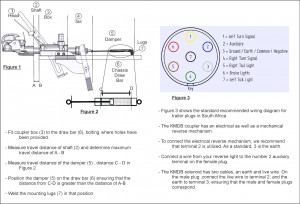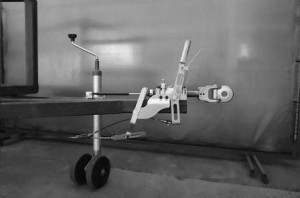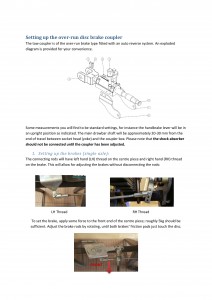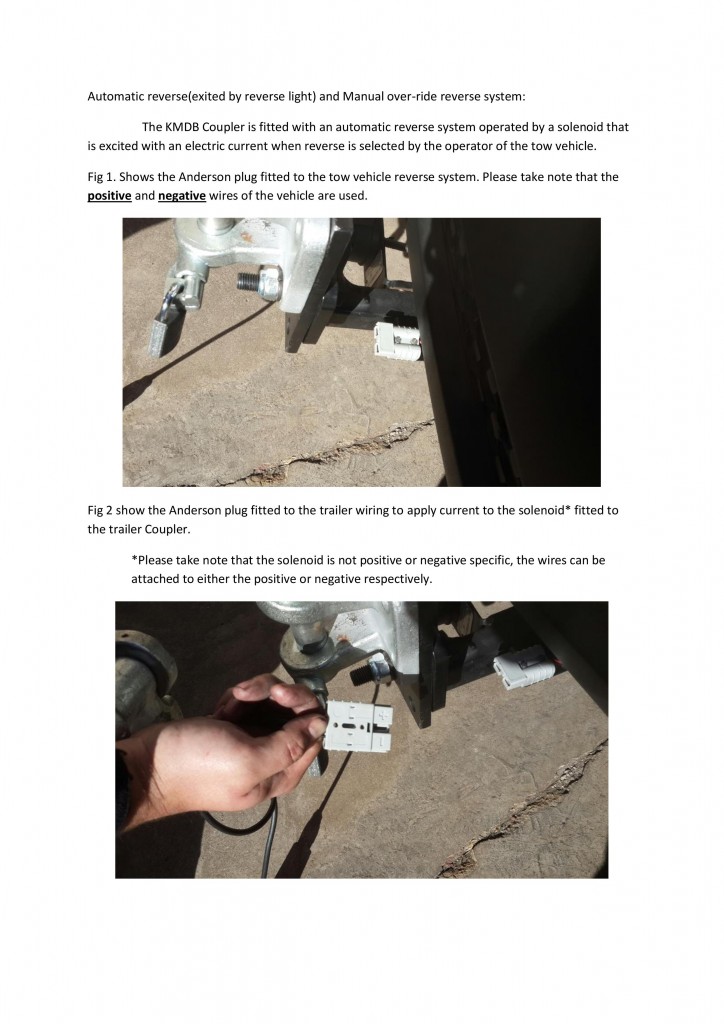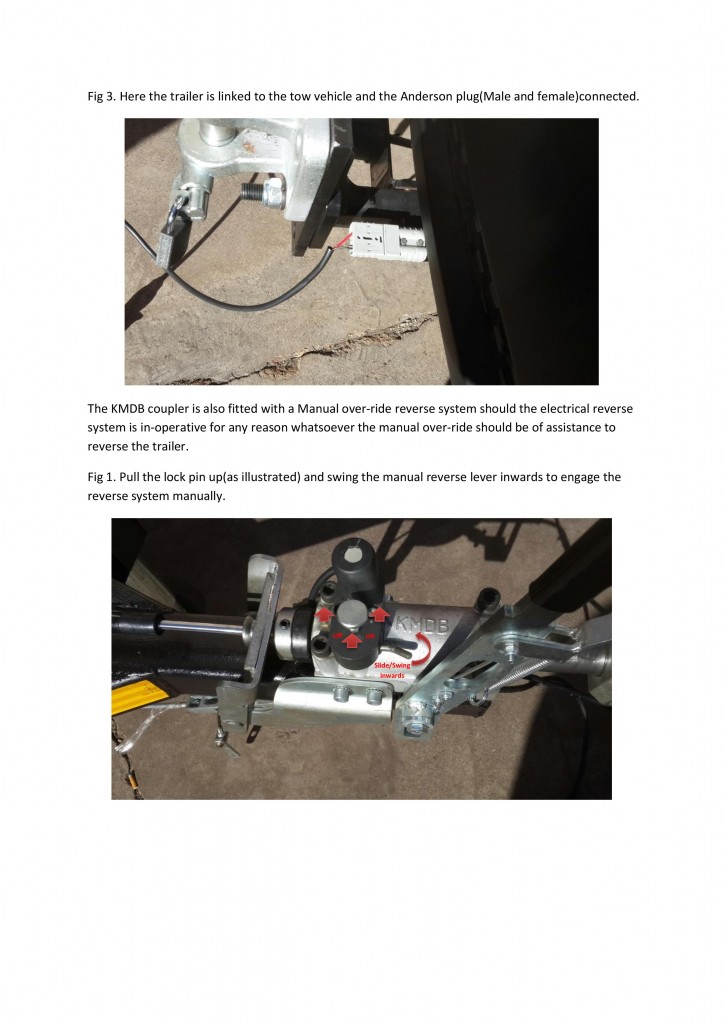Technical Brake Information
Consumer
The drum and disc brakes functionally have the same purpose however, they differ in terms of how that function is achieved.
A drum brake, utilizes outward force of brake shoes onto the inside of a brake drum, resulting in friction and heat generation. While there is braking force generated, the amount of heat generated can cause brake “fade”. This is an occurrence, where the temperature of the brake drum increases, thus causing it to expand. This expansion leads to a decrease in brake friction, and a resultant decrease in brake force. I.e. Heat lessens braking efficiency.
A disc brake uses a clamping mechanism, around a disc or hub. Friction of the brake pads on the disc, results in brake force as well as heat generation. Conversely, this results in the disc expanding due to increased temperature, which allows the disc brake a firmer grip on the disc, which leads to a resulting increase in brake force.
Individually, either brake has its uses and advantages. However, when used in conjunction with each other as is common practice, the heat interaction is counter efficient and not advisable. During use, the heat generation leads to one brake becoming more efficient, and the other less efficient. This occurrence is synonymous with events where trailer and vehicle have jack-knifed.
Heat Performance of brake in use.
| Knuckle Mechanical Disc Brake Hot Performance |
Since their invention in the early 1900’s, disc brakes have steadily been replacing drum brakes within automobiles, and currently all vehicles in the market use a front hydraulic disc brake, as the achievable braking force is much higher. However, majority of vehicles and trailers still use a mechanical drum brake for the handbrake mechanism. The reason for this is that a mechanical brake is a more reliable braking method. Hydraulic brakes are very susceptible to fluctuations in temperature or loss of fluid due to weathering, which can result in losing the park brake.
For this reason, most countries require a mechanical brake to serve as a park brake. Formerly, the drum brake was the only viable option available to trailers and consumer vehicles. However, KMDB’s revolutionary knuckle disc brake now offers the individual an alternative mechanical braking mechanism.
Manufacturer
One of the benefits of using the Knuckle Mechanical Disc Brake (KMDB), is that it is not exclusive to an individual weight class. In the past, you would require different drum brakes and axles for different weight classes, the KMDB is completely adjustable depending on the requirements. What we mean by this is that the brake force/torque can be adjusted to compensate for your load. This is achieved by a revolutionary system, where your force requirement can be adjusted by the hole selection.
| Hole | Input force (Kg) | Resultant force |
| 1 | 10 | 55Nm |
| 2 | 10 | 65Nm |
| 3 | 10 | 75Nm |
| 4 | 10 | 85Nm |
Resultant force for each hole on brake lever, per 10Kg
The below table provides a general idea of what requirements are needed per weight class, per axle. It is our recommendation that two axles be used, for the weight classes highlighted in red and grey. Not due to brake limitations, but due to tyre limits which should not exceed 1 ton per tyre (guideline depending on tyre manufacturer). Additionally, please note that these values do not take into account for the centre piece, which we highly recommend for building your trailer.
*It is our recommendation for the sake of durability and reliability of brake pads, that a second braked axle be utilized for the values in grey, and a second unbraked axle for values in red.
Brake torque per hole according to weight class, on an individual axle
Centre Piece
The cable system and mechanical disc brake has been adapted and designed to cater for a wide range of trailers with a GTWR ranging from 750kg to 3 Ton. This is achieved, by changing the hole selection on the brake lever arm and on the brake force distribution unit, on the axle. A commonly overlooked, but important, part of calculating the brake force requirement for a trailer or caravan, is the wheel size. Different wheel sizes can result in increased or decreased brake force, and should be taken into consideration when calculating required brake torque. The figures below show the Force Distribution Bracket (A) and Brake Lever Holes (B) numbered for ease of setup. To find the correct setup, follow the corresponding numbering system. Below is a table that represents the combinations of holes, with regards to wheel size:
(A) Force Distribution Bracket (B) Brake Input Lever
(Centre Piece)
Engineer
When the driver of the vehicle applies the brakes of the vehicle, the momentum of the trailer is carried over to the ball and hitch coupling and the coupler starts compressing. This in turn will start to activate the mechanical disk brakes on the trailer via a cable system. The force exerted on the coupling is a factor of the GTWR (Gross trailer weight rating, which is the maximum weight of a fully loaded trailer) and the magnitude of deceleration from applying the brakes. This can be calculated by using Newton’s second law of motion which states that:
F= Mxa
Where F: The net force acting on coupler (N)
M: Mass of trailer (Kg)
a: Deceleration or acceleration of the trailer ( )
For example the force acting on a trailer with a weight of 1600kg which is braking at 5 is:
F=Mxa
F=1600*5
F= 8000N
The requirements for braking performance of the service brakes requires a motor vehicle to have a minimum deceleration of 4.4M/S²
The KMDB is a revolutionary brake, able of applying force equally on both sides of the hub/disc. Using floating calipers and various fulcrum mechanisms, we were able to increase resultant force approximately 12 times until the satisfactory brake ratio was achieved. The result is a disc brake that can achieve forces of 1700Nm at maximum tested capacity with an additional 30% safety, totaling at a brake force of 2210Nm. Addtionally, not only can it achieve these forces, but can also be adjusted. This is the first brake of its kind, where it can be used in multiple applications without having to disassemble or remove from your trailer or caravan.
Technical Coupler Information
Standard Socket Coupler Configuration
The below technical drawings indicate a typical coupler set up and configuration, with the standard socket head. This particular coupler can be used with standard drum brakes for trailer weights up to 1.8Ton. Please feel free to contact our sales office for a quotation.
PDF download:
KMDB Coupler
The KMDB Coupler is designed to accompany the KMDB disc brake. The reason for this is that the reverse mechanism is located within the coupler, rather than inside the brake mechanism itself. We believe that this is a much safer and sound method, leading to less runaway trailers and caravans.
The automatic reverse is controlled by a solenoid on the coupler. By configuring your coupler as per the image below, the coupler will automatically switch to its reverse state when your vehicle reverses.
PDF Download: Auto Reverse KMDB Coupler
In the event that you do not wish to set up your electrical configuration, we have also provided a mechanical equivalent that can be applied manually. This is an optional alternative to the standard automatic reverse.
New Yolk/Eye design & 'Bracket ball & Pin'
Eye-couplers often are associated with offroad vehicles, being more secure and durable. Most consumers also tend to avoid the eye-type due to the noise caused by the rattling of the trailer as it is in motion. KMDB took this challenge, and revamped the whole setup.
Made from cast steel, the KMDB coupler is much more durable. Surpassing the requirements for your standard O1 & O2 type trailers, the KMDB eye coupler can accommodate up to 5 Ton (test results here).
The eye of the coupler is secured onto a yolk, and is able to pivot. This enables the front of the trailer a minimal range of motion, sufficient to reduce strain on the coupler.
In addition to the new eye, KMDB has also developed a new bracket, ball & pin.
This new bracket is also made from cast steel, and can be fixed to the drop plate with four bolts rather than two. The design of the bracket fits the new eye perfectly, ensuring that no rattling can occur, thus reducing unnecessary and unpleasant noise.
In addition, the design now accommodates for a pad lock, allowing the user to lock the ball and pin to avoid theft.
System Setup
